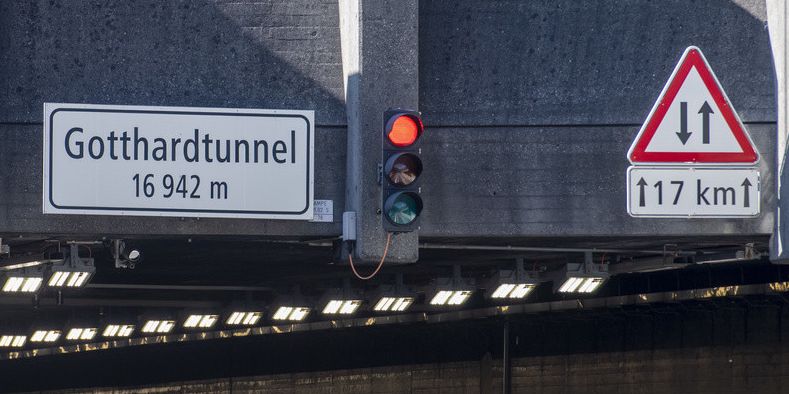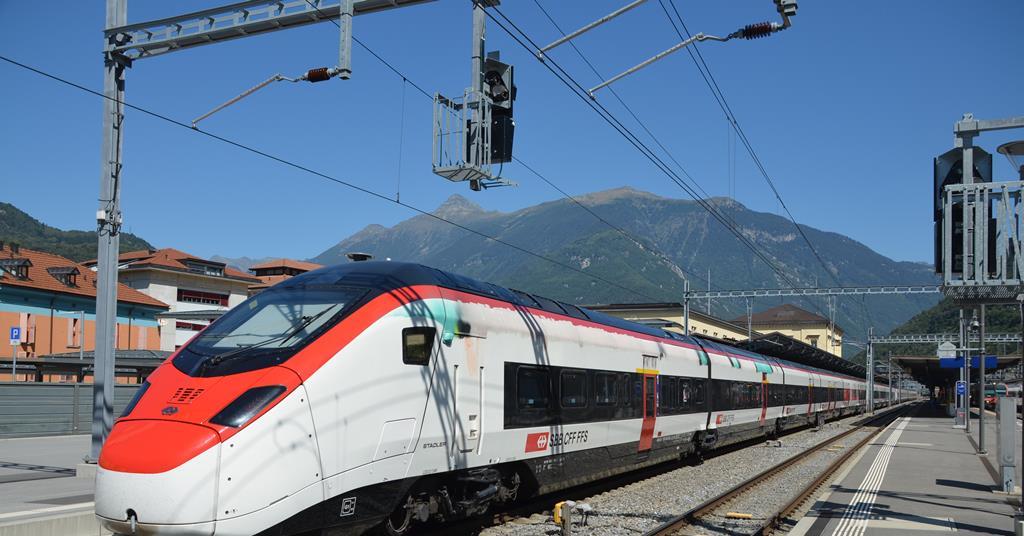Oh dear! Can physically isolating the rails from each other have a significant effect on noise and vibration? I really would have expected tie bars somewhere in the design.And presumably the type might well appear on HS2 with its slab track (contract not awarded yet).
It looks to me as though it is the sort of "good idea" which works as long as everything is as it should be - and catastrophically amplifies any failure..


